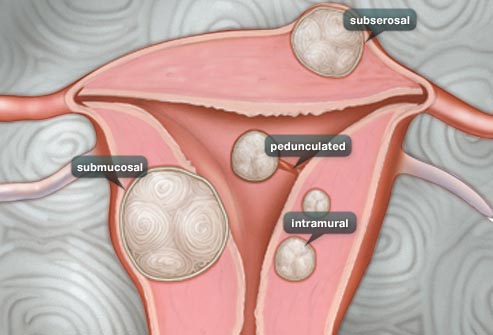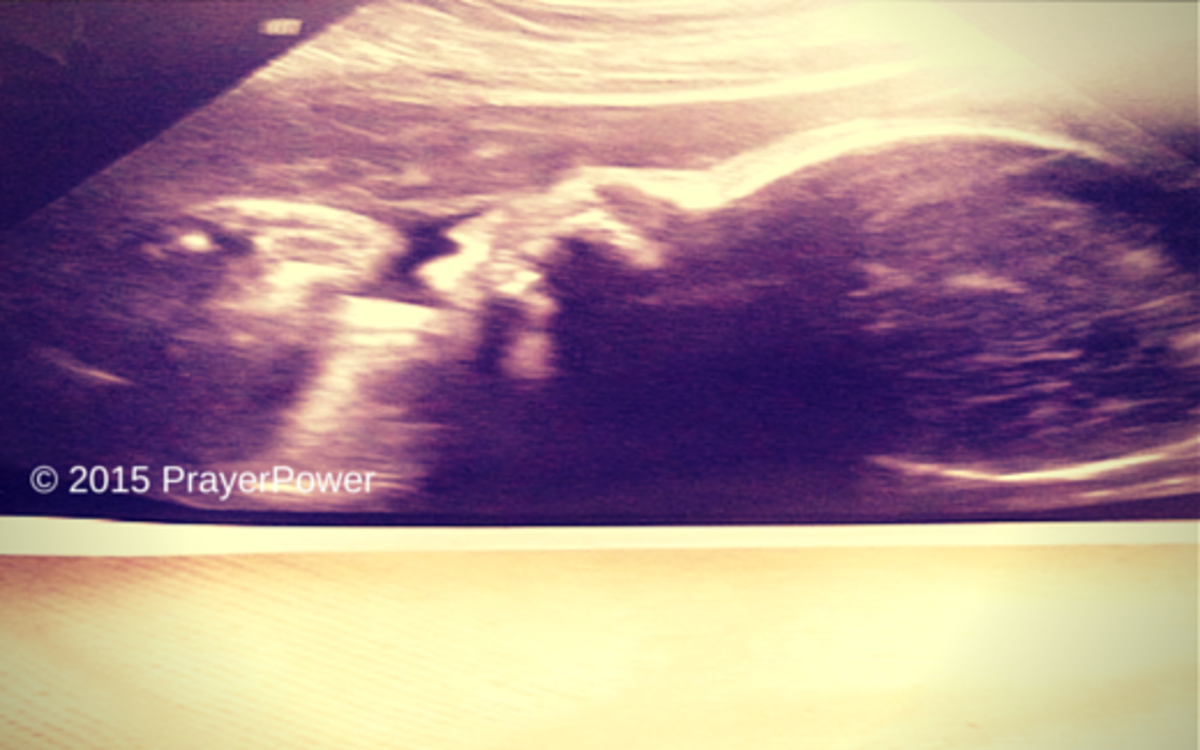9 Common Female Reproductive System Diseases

Women suffer from different complications that affect their reproductive system. These diseases affect the uterus, vagina, pelvic, fallopian tubes and breasts. Most of the diseases are not easily detected and only become symptomatic at advanced stages. Some of the conditions may lead to infertility or even death. Sadly, most present similar symptoms and may be misdiagnosed. Here are a few common women reproductive health diseases, their symptoms and treatment options.
1. Ovarian cysts
These are fluid filled sacs that form on the ovaries. Some ovarian cysts are harmless and can be left untreated. Most form and affect the ovaries in different ways and are classified as functional cysts, dermoid cysts, endometrioma cysts and cystadenoma cysts. Polycystic ovarian disease occurs when cysts form from a buildup of follicles. These types of cysts are the most dangerous because they can cause infertility. They cause the ovaries to enlarge and create a thick outer covering which may prevent ovulation from taking place. The common symptoms of ovarian cysts are abdominal pain/pressure and a feeling of fullness. They can be diagnosed through ultrasound, pelvic examination or laparoscopy. Treatment of ovarian cysts depends on their severity on the health of a woman. It may range from shrinking them by oral contraceptives, removing cysts or removing the entire ovary.
2. Vaginal Yeast Infection
Use of antibiotics or wearing underwear that traps moisture may cause yeast infection. The infection occurs as a result of the overgrowth of the fungi that grows in the vaginal area. The major symptoms include itching, burning, redness and irritation of the vaginal area. Severe yeast infection may cause swelling of the vulva or inflammation of the urinary opening. It is common in pregnant women and people with conditions like diabetes and obesity. Consumption of starch and sugars can also elevate yeast infections. Yeast infection can be treated by oral medication and creams. It can also be prevented by keeping the vaginal area clean and dry. Incorporating yogurt in the diet may lower the risk of contracting yeast infection.
3. Endometriosis
When the tissue of the lining of the uterus overgrows into another organ, it results into endometriosis. The overgrowth can be on the bladder, bowels, behind the uterus or on the ovaries. The common symptom for endometriosis is heavy bleeding and painful menses. If left untreated, it can result into infertility or miscarriages. Endometrial growths may form a barrier to fertilization by blocking the fallopian tubes or prevent implantation by covering the uterine lining. Diagnosis is by diagnostic laparoscopic surgery. Treatment for endometriosis depends on the severity of the disease. Endometrial growth and scar tissue may be removed through laparoscopic surgery. Other treatment options include hormonal therapy and hysterectomy.
4. Fibroids
The clinical presentation of fibroids is in the form of a non-cancerous growth in the uterus. They grow either on the uterine lining or in the walls of the uterus. Their presentation is either as a single growth or multiple growths. Depending on the location, some fibroids may cause infertility. The common symptoms of fibroids may include a bulky uterus, heavy and painful menses and lower back ache. Fibroids can be diagnosed through a pelvic scan, normally taken on a full bladder. Some fibroids may be non-symptomatic and not stubborn. Problematic fibroids can be treated through myomectomy or hysterectomy in severe cases.
5. Uterine Polyps
Also referred to as endometrial polyps, they are an overgrowth of the endometrial tissue attached to the uterus by a stalk. The growth is mainly non-cancerous and not problematic. The main symptom of problematic polyps is heavy uterine bleeding. In some instances, polyps cause infertility by preventing the egg from implanting on the uterine wall. They may also block passage of the egg through the fallopian tubes and also block the cervix and prevent sperm from entering the uterus. They can be diagnosed through vaginal ultrasound and hysteroscopy, and treated through surgery.
6. Pelvic Inflammatory Diseases
This is a bacterial infection that affects one or multiple pelvic organs including the fallopian tubes, uterus and cervix. The infection spreads through sexual intercourse. Major symptoms include high fever, abdominal pain, lower pack ache and rapid pulse rate. Pelvic inflammatory disease can be diagnosed through falloposcopy – visual examination of the fallopian tubes. Treatment for pelvic inflammatory disease may include antibiotics or surgery to remove scar tissue or the affected organ.
7. Sexually Transmitted Diseases
Commonly referred to as venereal diseases, they are transferred through sexual intercourse. The main causes are bacteria, viruses and parasites. Some of the well-known conditions include gonorrhea, syphilis, chlamydia, herpes, HIVs and genital warts. Most of the diseases can be diagnosed through blood tests and treated with antibiotics. Viral infections have no cure but can be managed by antiviral drugs.
8. Cancer
The common cancers in the female reproductive system include pelvic cancer, uterine cancer, ovarian cancer, cervical cancer and breast cancer. They occur as a result of abnormal growth of cells in the specific organs. If diagnosed early, cancer is treatable through surgery, chemotherapy and radiotherapy. Most cancers are not easily detected as their symptoms mimic the presentation of other ailments. A common symptom of uterine and cervical cancer is heavy vaginal bleeding which can be an indicator of other conditions. Women should go for regular checkups to increase chances of detecting cancer and increase survival rates.
9. Vaginal Fistula
A fistula is an abnormal connection between an organ and another structure. Fistulas are a result of injury or surgery. An obstetric fistula is a hole between the vagina and the rectum or bladder that is caused by prolonged obstructed labor. It leaves a woman incontinent of urine or feces or both. Vaginal fistula may also occur from an infected episiotomy after childbirth, open hysterectomy or radiation treatment for pelvic cancer. Common symptoms of this fistula include fluid leaking out of the vagina, foul smelling discharge or gas from the vagina or sore genital area. It can be diagnosed through a physical examination of the vaginal walls and also through urinalysis and total blood count to check for infection. Vaginal fistula can be treated through surgery to repair or correct the damage.
The female reproductive system is complex and susceptible to multiple infections. Women should always go for regular checkups to help diagnose specific conditions and offer treatment at early stages.




